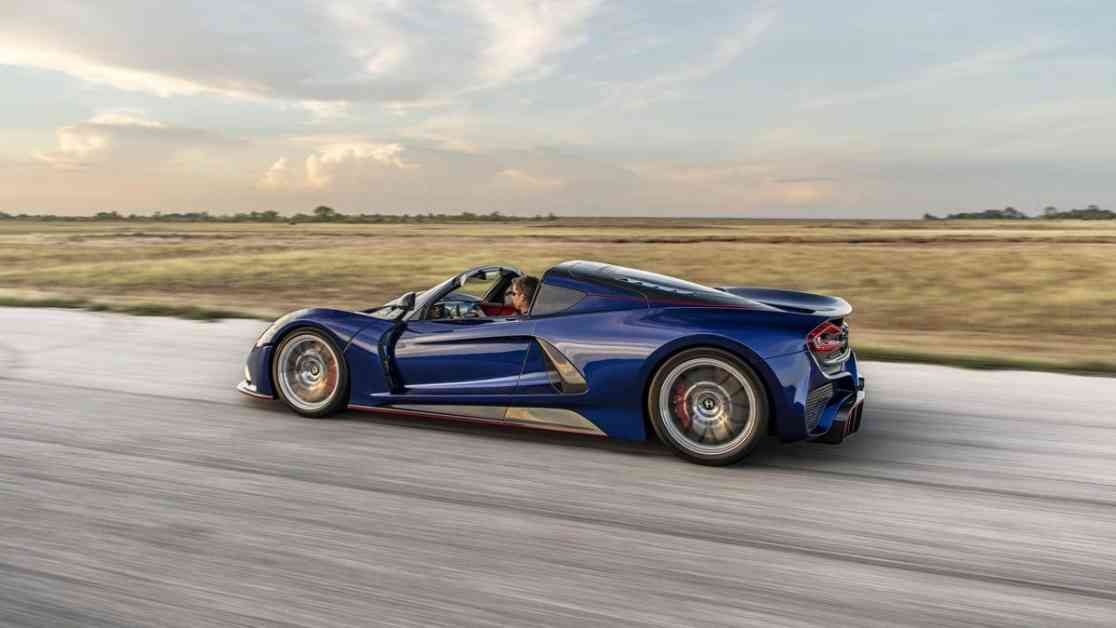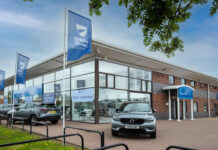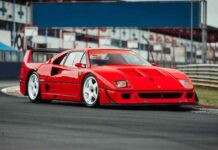The Hennessey Venom F5, a high-performance prototype, crashed at 250 mph on a NASA runway during a test drive. The driver, fortunately, escaped without any injuries, showcasing the importance of safety measures in such extreme situations.
Company founder John Hennessey shared in an Instagram post that the team was experimenting with a new aerodynamic setup for the 1,817-horsepower Venom F5 at NASA’s Kennedy Space Center in Florida when the crash occurred. The exact reason for the loss of downforce leading to the crash is still under investigation, with the team analyzing aerodynamic data to pinpoint the cause of the failure.
Despite this incident, current owners of Hennessey Venom F5 vehicles need not be concerned about experiencing a similar situation as this crash was a result of testing a new experimental setup on a prototype vehicle. The company reassures that reaching the claimed top speed of over 300 mph should still be achievable under normal circumstances.
The Kennedy Space Center’s runway has been a popular location for manufacturers to conduct top speed tests due to its length and safety features. Hennessey’s crash serves as a reminder of the risks involved in pushing the limits of speed and performance, but also highlights the resilience of well-engineered vehicles and the importance of quick response from safety personnel in such incidents.
While no images or videos of the crash have been released by Hennessey, the fact that the driver walked away from a 250-mph crash underscores the robust design and construction of the Venom F5. The company remains committed to pushing boundaries in the world of high-performance cars, echoing the words of John F. Kennedy in emphasizing the pursuit of challenges not because they are easy, but because they are difficult.
In conclusion, the Hennessey Venom F5 crash at high speed serves as a reminder of the risks and rewards associated with pushing the limits of automotive engineering. The incident highlights the importance of continuous testing and improvement to ensure the safety and performance of supercars in extreme conditions.










